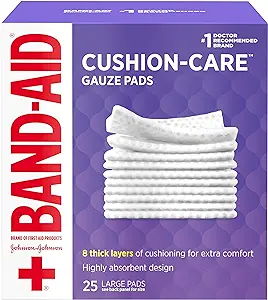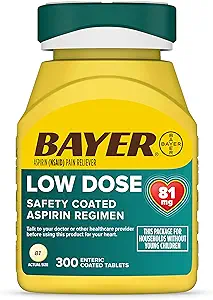The cause of the painful bump on your cat's back
If your cat has a painful bump on his back, this is almost always an abscess. Very occasionally, however, we also see a cat with an inflamed sebaceous bump on his back, which is therefore painful. But that’s a rarity. Especially if the painful bump on your cat’s back has only been there for a few days, you can almost be sure that it is an abscess. In a rare case, it also happens that a cat has suffered an insect sting or suffers from an ingrown hair.
What is an abscess in your cat?
As a result of a fight or other accident, a wound has developed on your cat’s back. Usually they are barely visible and it is just a scratch from a nail or a tooth print. But that nail or tooth has pierced the skin and has now left behind bacteria. In that case, your cat’s body will try to clear up these bacteria. He does this by sending pus cells to it. These are cells that have to do with his immune system. Those pus cells are going to clean up that bacteria.
However, when that bacteria multiplies faster than your cat can send pus cells to it, you get a large accumulation of pus cells and bacteria under the skin. That’s what causes that thick painful swelling on your cat’s back. We call that an abscess. And that usually happens in 2-3 days. If the painful bump has been there for months, it is probably an inflamed sebaceous gland.
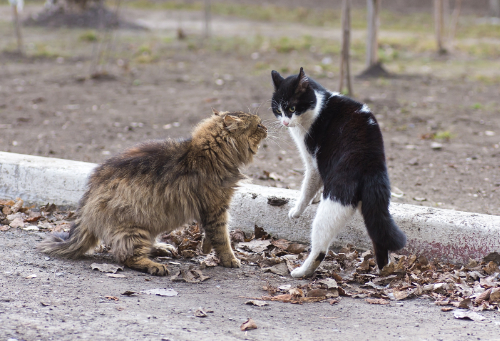
What is an inflamed sebaceous gland in your cat?
Sebum is made in a gland in the skin near a hair. The sebum is spread over the hair and thus gives the hair extra shine and softness, but also repels dirt. When the drainage of such a sebaceous gland becomes blocked, the sebum cannot escape and accumulates in the form of a sebum bump. This bump is not painfull, but develops over the course of several months and is not harmful in itself. But once it gets inflamed it does become a painful bump.
An insect sting as the cause of a bump on your cat's back
When your cat is stung by an insect such as a wasp or a bee, a considerable and painful bump can arise. However, this is very rare on a cat’s back. It occurs more often in the mouth or on the legs. However, the bump can be a bit painful, just like it is for us when we are stung.
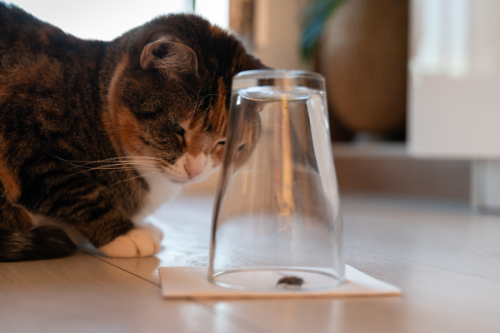
An ingrown hair as the cause of a bump on your cat's back
A painful bump on the back of your cat due to an ingrown hair rarely occurs in cats. If it occurs at all, it will develop over months and usually in a long-haired cat. Most of the time you see a dark discoloration under the skin. From the hair follicle, the hair has not managed to come out. But he keeps growing. The hair will therefore accumulate and curl up in the hair follicle. If it is a short-haired cat, this rarely happens and the bump does not become large. In long-haired cats, however, the bump will become much larger and can then cause an inflammatory reaction because the skin is stretched and inflamed, causing a painful bump on your cat’s back.
How do you treat a painful bump on your cat's back yourself?
Unfortunately, that is quite difficult. Below we explain what needs to be done to heal the painful bump.
ABSCESS
With an abscess, the painful bump must open in order to heal. This usually happens by itself after a day or 3-4. A lot of bloody, purulent and smelly fluid will then come out of the bump. For many owners, that’s the first time they see the bump. And they are very shocked by it. Is the bump on your cat’s back still closed? Then look between the hairs to see if you see a small piece of skin on the bump that has a different color or shine than the rest of the skin on the painful bump. This is the place where it will burst open in the next few days.
You can try to open the abscess by gently squeezing the abscess like a pimple toward that area of abnormal skin. But be carefull! Your cat will not thank you for this. Feisty cats can sometimes attack you quite a bit if you hurt them. After opening, you should try to massage out as much of the newly formed pus and junk 3 times a day for several days. If a crust has formed on the opening again, you have to take it off. As soon as new pus no longer forms (usually after 2-3 days), you and your cat have probably conquered the bacteria.
Can’t treat the abscess properly? Then it is better to visit your vet. He or she can open the abscess with a sharp knife and squeeze the puss out. In some cases, a cat must unfortunately be under anesthesia for this, but that is rarely the case on the back. However, a course of antibiotics is almost always necessary to give to your cat. And a painkiller is also very pleasant for him.
INFLATED SEBECIOUS GLAND
Unfortunately, an inflamed sebum bump can never be treated yourself. The bacteria is hidden too deep in the sebum and you can’t get the sebem fully out yourself, even if it has opened. An inflamed sebum bump can sometimes be cured well with the help of a course of antibiotics. But in most cases, the best option is to have the sebecious gland removed surgically by your vet. That way, the gland itself, including the infection contained within, is surgically excised and the skin will be stitched up again. The problem is then gone forever.
INSECT STING
When your cat is stung by an insect such as a wasp or a bee, a considerable and painful bump can arise. However, this is very rare on a cat’s back. An insect sting requires no further treatment and will go away on its own after about three days.
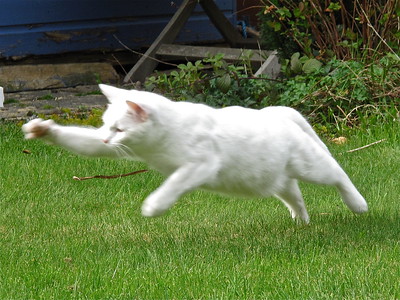
AN INGROWN HAIR
Your vet will need to treat this. Although you can sometimes pull the hair out, it will simply grow back over time and cause problems again. That’s why the vet usually cuts out that small piece of skin where the hair grows. That way, this hair can never grow back and will not cause any more problems.
Extra protection for the bump on your cat's back
If your cat is licking or scratching the painful bump on his back a lot, it is wise to put on a medical pet shirt. That way you protect the painful bump on his back from additional damage so it can heal better. However, if the abscess has opened, it is wise to put a number of gauze over the abscess so that the dirt that comes out does not get on the shirt.
A pain killer for the painful bump on your cat's back
Cats lack a mechanism to clear certain medications from their bodies. The medication suitable for humans is therefore quickly fatal for a cat. Giving your cat a painkiller for humans is therefore not wise. It is better to ask your vet for a painkiller. However, they usually don’t want to give these without seeing your cat. In that case, you can give your cat the painkiller aspirin. So no paracetamol or ibuprofen or whatever! They are deadly for cats. But you can give aspirin. In that case, you must give him 10mg per kg of your cat’s body weight. So a 4kg cat may be given 40mg of aspirin. However, you can only give this to him once every 2 days. Of the aspirin below, that is only a half of a tablet. Hopefully this will relieve the pain from the painful bump on your cat’s back.
Good luck!
Hopefully your cat will soon no longer have a painful bump on his back. We hope you have had enough information about painful bumps on a cat’s back in this article. Good luck for the both of you.

